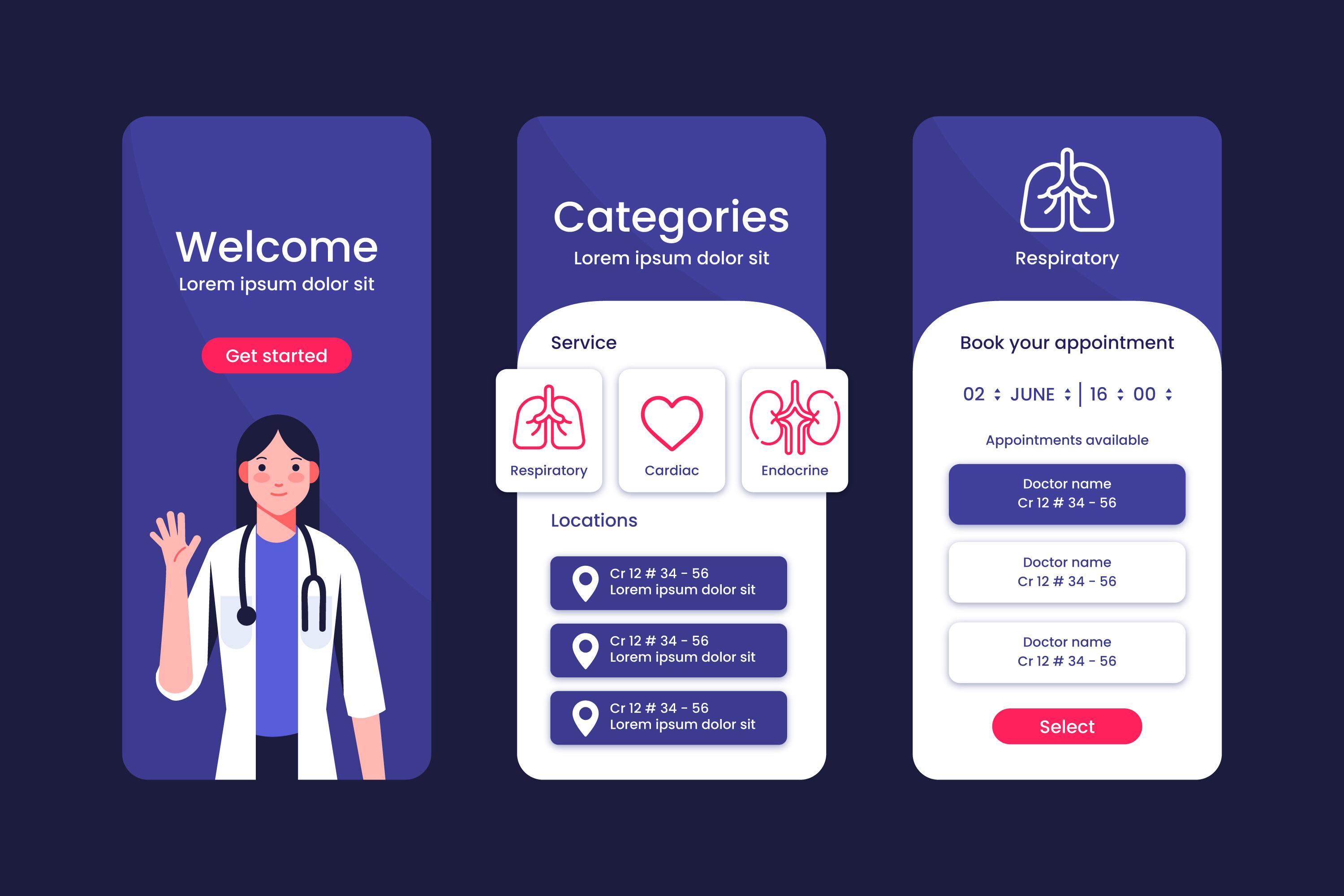
4 minute read
What are the Main Types of Telemedicine: A compressive Guide
In recent years, the healthcare landscape has undergone a significant transformation with the integration of technology, giving rise to innovative approaches to patient care.
One notable development is the emergence of Telemedicine App Development Company in the UAE, a branch of healthcare that utilizes telecommunications technology to provide medical services remotely.
Let's delve into the main types of telemedicine that have become integral in the modern healthcare system.
Synchronous Telemedicine
Synchronous telemedicine, often referred to as real-time telemedicine, is a dynamic healthcare model that facilitates immediate communication between healthcare providers and patients.
In this interactive approach, virtual consultations mimic traditional in-person visits, but they occur through digital channels such as video conferencing, phone calls, or online chats.
This real-time engagement enables patients to discuss their symptoms, receive medical advice, and even undergo remote examinations, all from the comfort of their homes.
Synchronous telemedicine plays a crucial role in providing timely healthcare solutions, breaking down geographical barriers, and ensuring that patients have access to medical expertise when needed.
The live interaction fosters a sense of connection and responsiveness, making it a valuable tool for addressing acute healthcare needs and enhancing the overall patient experience in the rapidly evolving landscape of telemedicine.
Asynchronous Telemedicine
Asynchronous telemedicine is a groundbreaking approach that brings a new level of flexibility to the realm of healthcare. In this type of telemedicine, the constraints of real-time communication are lifted, allowing patients and healthcare providers to engage at their convenience.
Patients can securely share their medical information, including images, documents, or videos related to their health concerns, through platforms such as email or secure messaging systems.
This asynchronous model is particularly advantageous for individuals with busy schedules, as it eliminates the need for simultaneous availability.
Healthcare providers, in turn, have the flexibility to review patient data and respond at a time that best suits their workflow. Asynchronous telemedicine not only enhances accessibility to healthcare but also promotes a more patient-centric approach by accommodating the diverse schedules and needs of both healthcare professionals and patients alike.
Remote Patient Monitoring
Remote patient monitoring (RPM) is a type of telemedicine that involves the collection and transmission of patient health data from one location to another.
Wearable devices, sensors, and other monitoring tools facilitate the continuous tracking of vital signs, such as heart rate, blood pressure, and glucose levels.
Healthcare providers can remotely monitor patients' health status, enabling early detection of potential issues and facilitating timely interventions.
RPM is particularly beneficial for managing chronic conditions and promoting preventive care.
Telemedicine Platforms and Mobile Health Apps
Telemedicine platforms and mobile health apps have emerged as pivotal tools in the contemporary healthcare landscape.
In an era dominated by smartphones and digital connectivity, these applications provide a seamless bridge between healthcare providers and patients, enabling virtual consultations, appointment scheduling, and secure access to medical records.
Developed by specialized telemedicine app development companies, these platforms prioritize user experience, security, and compliance with healthcare regulations.
Patients can easily navigate these applications, facilitating the scheduling of remote appointments, engaging in video consultations, and receiving timely medical advice.
These platforms not only enhance the accessibility of healthcare services but also contribute to the efficiency of healthcare delivery, reducing geographical barriers and promoting a patient-centric approach to medical care.
As the reliance on telemedicine continues to grow, the evolution of these platforms plays a crucial role in shaping the future of healthcare, making quality medical services more accessible to individuals around the globe.
Store-and-Forward Telemedicine
Store-and-forward telemedicine is a distinctive approach within the telemedicine landscape that has proven highly effective in specific medical fields. In this method, patient data, including medical images, videos, or diagnostic reports, is captured and transmitted from one healthcare provider to another for comprehensive assessment.
Unlike real-time interactions, store-and-forward telemedicine allows for asynchronous communication, making it particularly advantageous in specialties like radiology or dermatology, where visual information is integral to the diagnostic process.
Healthcare professionals can share pertinent patient data securely and conveniently, enabling expert consultations without the constraints of simultaneous communication.
This approach enhances collaboration, facilitates second opinions, and promotes efficiency in delivering specialized care.
The store-and-forward telemedicine model has demonstrated significant success in improving diagnostic accuracy and treatment planning, showcasing its valuable contribution to the evolving landscape of remote healthcare services.
Conclusion
telemedicine has evolved into a multifaceted approach to healthcare delivery, catering to diverse patient needs and medical specialties.
Whether through real-time interactions, asynchronous communication, remote monitoring, mobile health apps, or the store-and-forward method, telemedicine continues to redefine the boundaries of traditional healthcare.
As we witness advancements in technology and the growth of the telemedicine industry, the collaboration between healthcare providers and telemedicine app development companies becomes increasingly vital in shaping the future of remote healthcare services.


